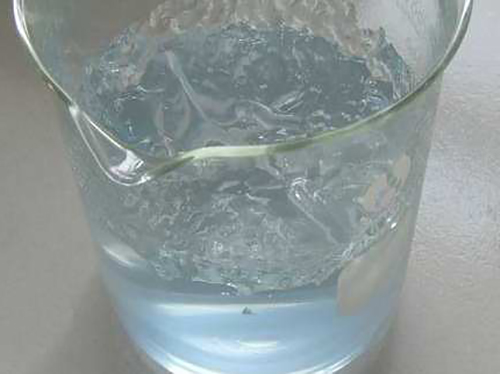Effective Strategies for Corrosion Scale Inhibition in Industrial Applications and Maintenance
Corrosion Scale Inhibitors Protecting Infrastructure from Deterioration
Corrosion is one of the most significant challenges faced by various industries, leading to substantial economic losses and safety hazards. The term corrosion refers to the process of deterioration of materials, particularly metals, due to their reaction with environmental factors such as moisture, oxygen, and other chemicals. Within this context, corrosion scale inhibitors play a crucial role in mitigating the damaging effects of corrosion and extending the lifespan of infrastructure.
Corrosion can manifest in various forms, including uniform corrosion, pitting, crevice corrosion, and galvanic corrosion. Each type poses unique challenges and requires tailored solutions. When metals corrode, they can lose structural integrity, leading to failures in machinery, pipelines, and buildings. The costs associated with repairs, replacements, and downtime can be astronomical; therefore, implementing effective corrosion control strategies is essential.
Corrosion scale inhibitors are chemical substances that help decrease the rate of corrosion by forming a protective layer on the metal surface. These inhibitors can be categorized into several types, including anodic inhibitors, cathodic inhibitors, and mixed inhibitors. Anodic inhibitors protect metals by shifting the corrosion potential, while cathodic inhibitors impede the reduction reactions. Mixed inhibitors offer a combination of both effects, making them versatile solutions for various applications.
One of the most widely used applications of corrosion scale inhibitors is in the oil and gas industry. The extraction, transportation, and refining of hydrocarbons expose metal surfaces to aggressive environments that can accelerate corrosion. In this sector, inhibitors like phosphates and silicates are commonly employed to protect pipelines, storage tanks, and drilling equipment. Their effectiveness in reducing corrosion rates contributes to safer operations and lower maintenance costs.
corrosion scale inhibitor

Another critical application is in the water treatment industry. Corrosion scale inhibitors are essential in cooling water systems, where metals are regularly exposed to water and fluctuating temperatures. These inhibitors not only reduce corrosion but also help manage scale formation, which can obstruct flow and reduce system efficiency. Commonly used inhibitors in this context include polyphosphates and organic inhibitors, which are effective in a wide range of pH levels and temperatures.
In addition to industrial applications, corrosion scale inhibitors also play a vital role in everyday life. For example, residential plumbing systems often use inhibitors to protect pipes from rust and corrosion. This is particularly important for areas with hard water, which can accelerate buildup and lead to corrosion-related issues. By utilizing corrosion inhibitors in such systems, households can enjoy cleaner water and reduce maintenance costs associated with plumbing repairs.
While the benefits of corrosion scale inhibitors are significant, using them requires careful consideration of environmental impacts. Some traditional inhibitors, such as chromates, are effective but harmful to human health and the environment. Consequently, there has been a push toward developing eco-friendly alternatives that provide the same level of protection without adverse effects. Innovations in this field include the use of biodegradable inhibitors and natural materials, demonstrating a commitment to sustainability while addressing corrosion challenges.
In conclusion, corrosion scale inhibitors are critical in defending against the detrimental effects of corrosion across various industries and applications. Their ability to form protective barriers on metal surfaces not only enhances the longevity of infrastructure but also contributes to economic efficiency and safety. As industries continue to evolve, the formulation of advanced and environmentally friendly corrosion inhibitors will be paramount. By prioritizing corrosion management, we can ensure the durability of essential structures and systems, ultimately promoting a safer and more sustainable future.
-
Water Treatment with Flocculant Water TreatmentNewsJun.12,2025
-
Polymaleic AnhydrideNewsJun.12,2025
-
Polyaspartic AcidNewsJun.12,2025
-
Enhance Industrial Processes with IsothiazolinonesNewsJun.12,2025
-
Enhance Industrial Processes with PBTCA SolutionsNewsJun.12,2025
-
Dodecyldimethylbenzylammonium Chloride SolutionsNewsJun.12,2025





